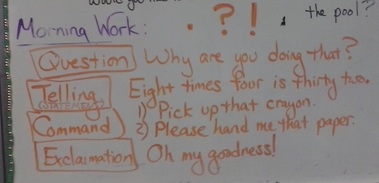
Knowing the 4 sentence types will help you learn to use punctuation correctly in your writing.
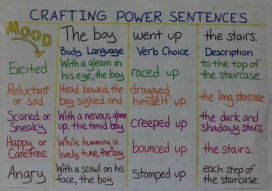
Last week in Writer's Workshop (WW) we learned how to create more interesting sentences.
First, think of the mood you want your sentence to create.
Then, describe your character's body language, pick a strong, precise verb, and finally, describe where the character is.
In the example, instead of just telling our reader "The boy went up the stairs" we can also create a scary mood for our reader by writing, "With a nervous glace up, the timid boy creeped up the dark and shadowy stairs.
Now you try! Can you make your reader feel your excitement in this sentence: "I walked outside with my costume on."
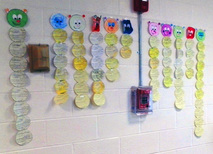
Your bookworms are looking good, kids! Keep adding at least 1 Book Circle every week to make them grow.
Have you named your bookworm?
Which is his or her favorite book? Why?
Here are the original posters that I copied for you in class. My favorite is "Factor Ninja Chops it Up!" Which is your favorite?
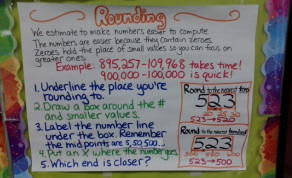
We are learning to estimate (aka round numbers) in order to make them easier to add, subtract, and multiply.
It's easier to work with rounded numbers because they end in zero (or for big numbers, lots of zeroes). The trick is to find a number with zeroes that it's very close to.
Think of it this way. If you wanted to figure out how much money it would cost to buy each of your 18 classmates a pack of pencils for 99 cents, would you rather multiply:
18 x $0.99
or
18 x $1?
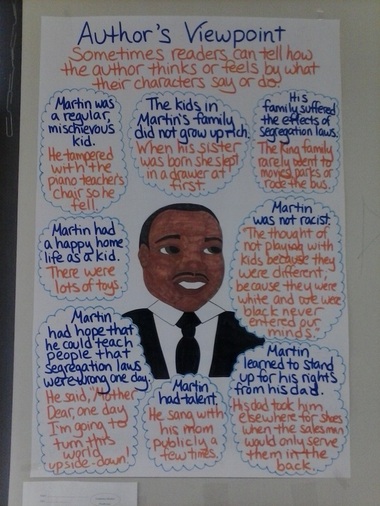
Our class read My Brother Martin in our Journeys book. We learned that some of the details the author chooses to add to their story actually give us hints about THEIR thinking. Authors try to get us to think what they think.
In this particular story, the author is also the narrator. Martin Luther King's sister talks about what her brother Martin was like when he was a kid. She talks about funny things that they did when they were kids, and obstacles (that means problems they had to solve).
Can you tell what the author wanted us to think about her brother? Leave a comment below!
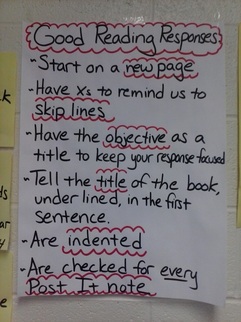
Your Reader's Notebook holds the ideas you thought about as you were reading. Each week I will give you something new to think about as you read, and you will write those ideas on Post It Notes.
About once per month, you will use all those notes to write a paragraph that explains your ideas about the book. In order for me to better understand your writing, here are some tips on how to write a clear Reading Response.
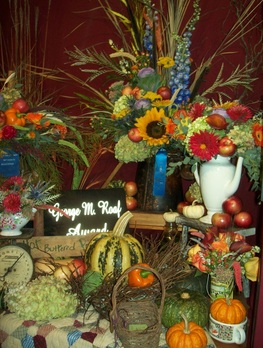
Our trip to the Topsfield Fair was a lot of fun! We learned about healthy eating and economics during our country's colonial period.
A special thank you to both of our chaperones, and to the parents from Mr. Earl's class who helped our class as well!
What was your favorite part of the trip?
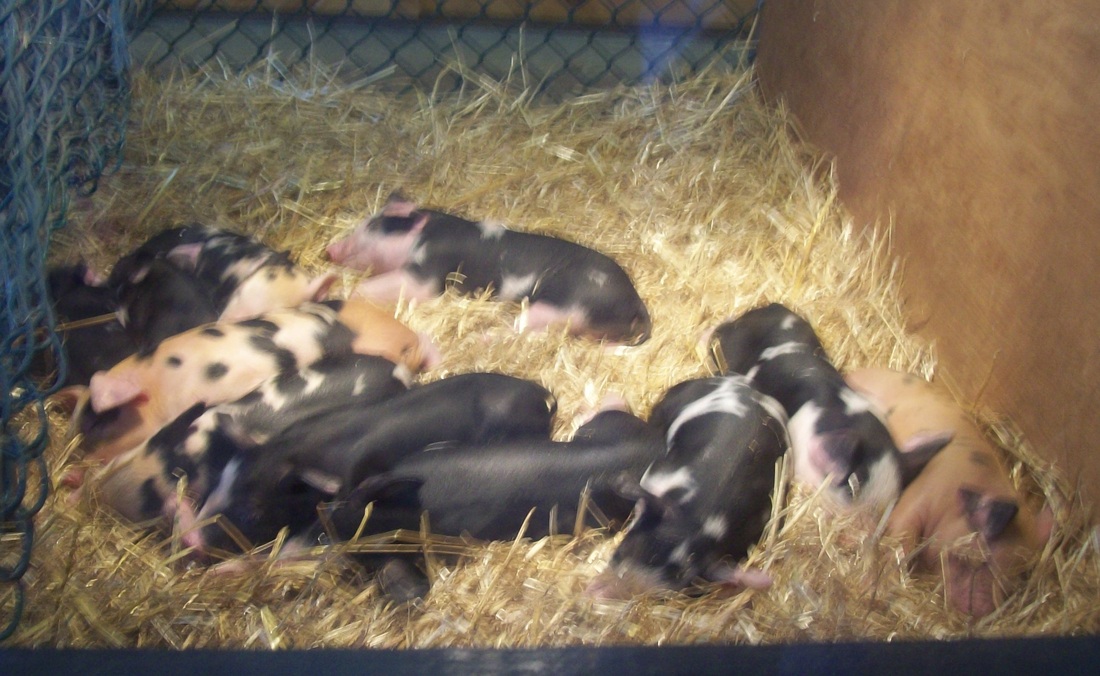
Did you like the baby piglets the best...
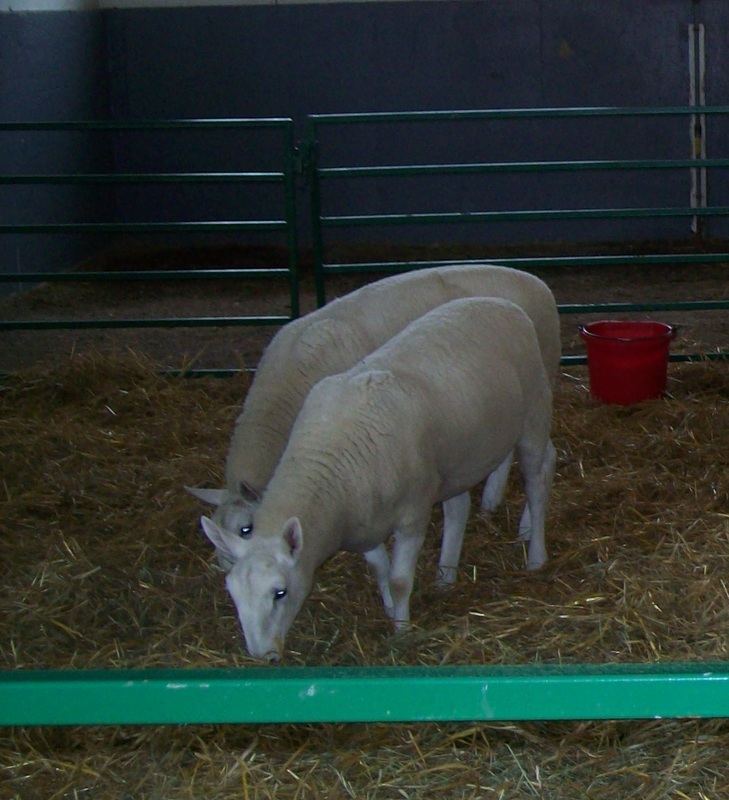
...or the sheep...
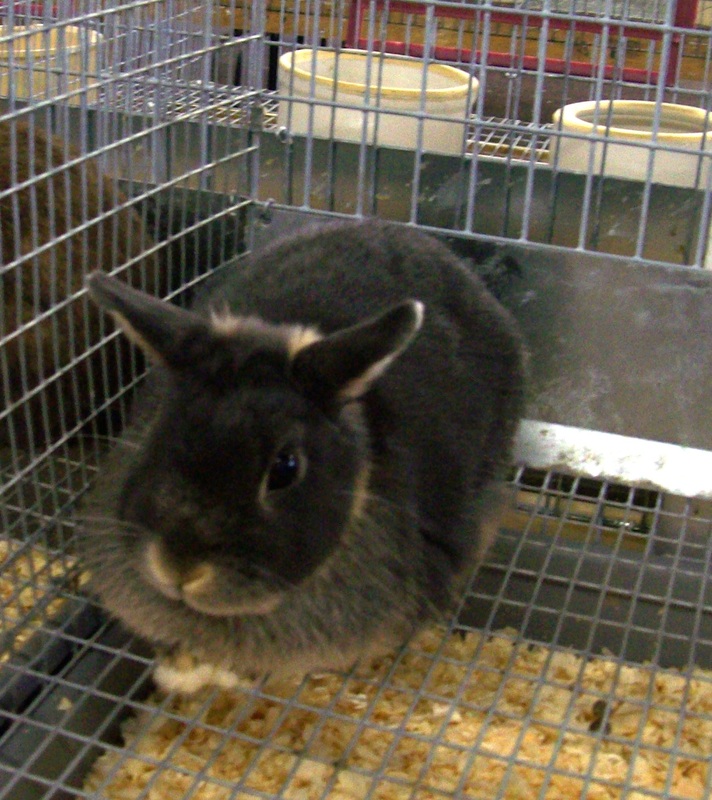
...or my favorite, the BUNNIES!
